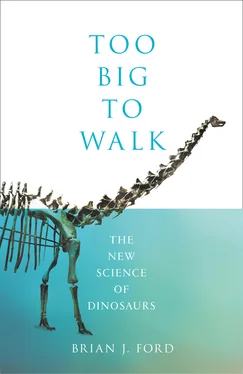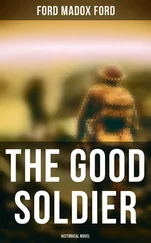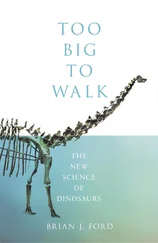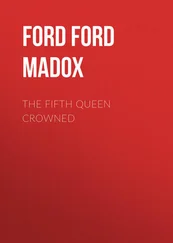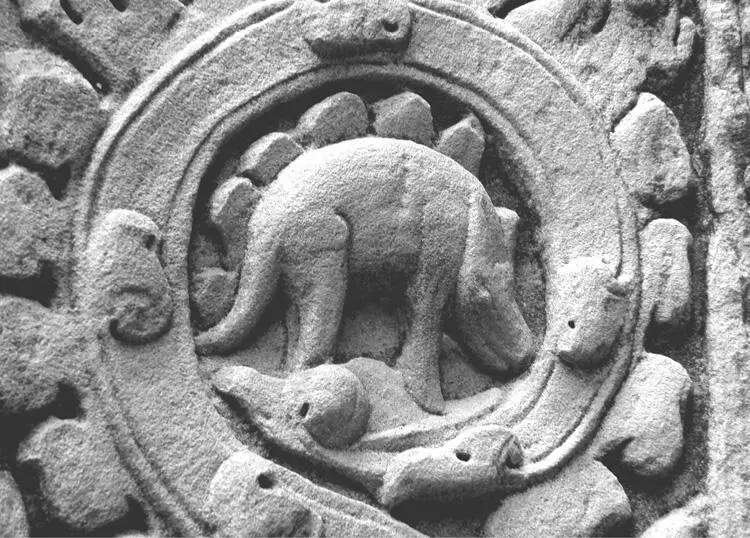
There is a stegosaur carving at the Ta Prohm temple in Angkor Wat, Cambodia, which opened in 1186 AD. Some commentators have concluded that the plates along the back are ‘leaves’, but a fossilized skeleton may have been the inspiration.
There are other historic representations of a Stegosaurus . We can travel back across the globe and find an example in the legacy of Father Carlos Crespi Croci, born in Italy in 1891. He studied anthropology at the University of Milan, entered the priesthood, and in 1923 he was sent as a missionary to the small city of Cuenca in Ecuador. He worked tirelessly for the indigenous people, establishing an orphanage and school and helping the poor. Croci is commemorated at the church of Maria Auxiliadora in Cuenca by a statue of him assisting a little child. He died in 1982, and the local residents who knew him remember him with great affection. He also attracted global publicity with a series of curious relics, some of them allegedly coming from North Africa, and was surrounded by allegations of fakery and subterfuge. He was the subject of books and television documentaries that argued the case, and many of his objects were exhibited in a museum. A disastrous fire destroyed the building (and many of the artifacts) in 1962, and controversy has persisted ever since over the fate of the treasures that were recovered from the smoking ruins. One item in that collection, however, was a stone carving that does not seem to be a fake. It shows a creature with plates along its back like a stegosaur, and could conceivably have been inspired by a fossilized skeleton.
Fossil dinosaurs were known to the ancient people of South and Central America. When the conquistador Hernán Cortés de Monroy y Pizarro Altamirano, Marquis of the Valley of Oaxaca, and his Spanish troops travelled to explore Mexico in 1519, he was presented, not only with gold and precious stones, but with huge fossilized bones. Missionaries who ventured deep into Ecuador and Peru were shown excavations of fossils, and Georges Cuvier ( here) referred to them as evidence of creatures now extinct. When Cortés reached Tlaxcalteca, the elders brought out some huge fossilized limb bones, and Bernal Diaz del Castillo, a captain under Cortés, later wrote about these bones resembling the remains of gigantic humans. He said that one thigh bone (femur) was as tall as a man, which is typical of the femur of a sauropod dinosaur. Diaz recorded that the largest of all the bones was sent in a ship back to Spain for the interest of the king, though there are no current records of where it now might be.
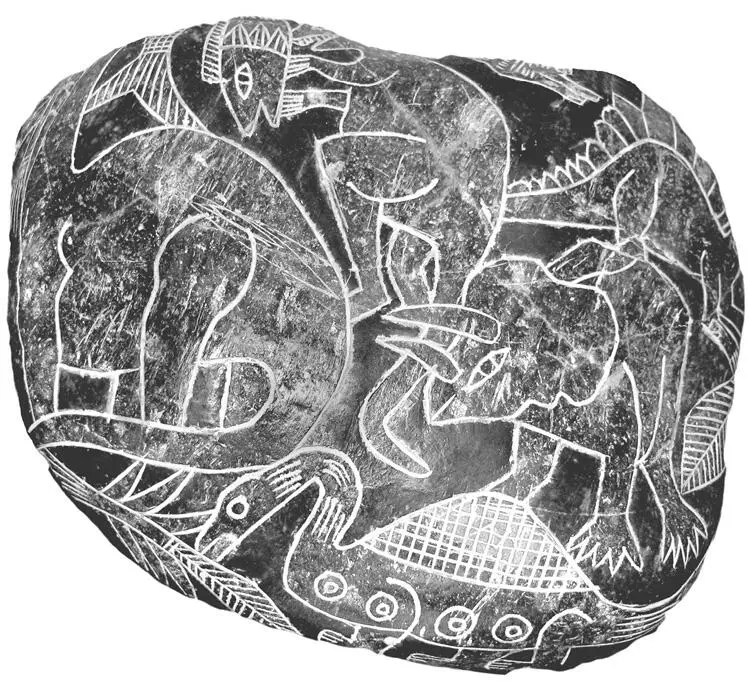
The Ica Stones of Peru, covered with detailed dinosaur carvings, were collected by a doctor who used to purchase them from a farmer, Basilio Uschuya, believing them to be genuine. It later transpired that Uschuya had carved them all himself.
In Mexico you will find a terracotta model reminiscent of an ankylosaur. These tortoise-like dinosaurs lived in the Cretaceous period between 68 and 66 million years ago, and ranged between the size of a tortoise and a small car. Fossils have been found by palæontologists in America and they are very similar to the terracotta model. This curious artifact is approximately 2,000 years old and was made by the artisans of the Jalisco culture, who flourished along the Pacific west coast of Mexico. Stegosaur-like models were also discovered by an expatriate German merchant named Waldemar Julsrud in Acámbaro, Mexico, in July 1944 while out riding his horse. By chance, he spotted some rock carvings and eventually uncovered a range of clay figurines. Julsrud was conversant with Aztec, Toltec, Mayan and Inca artifacts and recorded that these seemed to be different. Julsrud agreed to hire a Mexican farmer, Odilon Tinajero, to dig in the area and offered to pay him one peso (then worth about 12 US cents) for each object he found. Within weeks, he had piles of these figurines.6
Among the models were depictions of stegosaurs and some other dinosaurs. Eventually more than 30,000 of the artifacts were excavated. Considerable controversy surrounded these objects, and scientists dated them using thermoluminescence. These results suggested that they were 4,500 years old, though more recent investigations have claimed that the results were inaccurate, and authorities now insist that the objects are fakes dating from the 1930s. These items were given a museum of their own, and it is open to this day. Most people regard the clay figures as curious fakes,7 though others are convinced that the original dating experiments are valid, and that these are prehistoric relics from an ancient Mexican civilization. There is also a vociferous cohort of enthusiastic supporters of the view that dinosaurs and humans coexisted, and, to these people, the figurines provide the evidence they seek.8
There are other intriguing images that depict humans and dinosaurs together, and some of the carvings from Ica, south of Lima in Peru, even show dinosaurs attacking a human hunter. The images are cut into the surface of volcanic rock of what we now call Ica Stones, rounded nodules of andesite measuring less than 1 foot (30 cm) across. Andesite is a stony mineral that can easily be carved, and these stones purport to depict pre-Columbian scenes and bear symbols from the ancient Inca, Paracas, Nazca and Tiwanaku peoples, as well as the Ica. In the 1930s a Peruvian doctor named Darquea began to collect beautifully carved stones from the town of Ica. His son, Javier Cabrera Darquea, was fascinated by the delicate carvings and began a quest for more. He based his collection on 350 Ica Stones purchased from Carlos and Pablo Soldi, brothers who marketed pre-Columbian artifacts to archæologists and collectors. Through them Javier Darquea met a farmer, Basilio Uschuya, who sold him stones at regular intervals until he had amassed a collection of some 11,000 different examples. He published a book on the message of the stones of Ica, and went on to establish a museum to display some of his impressive collection.9
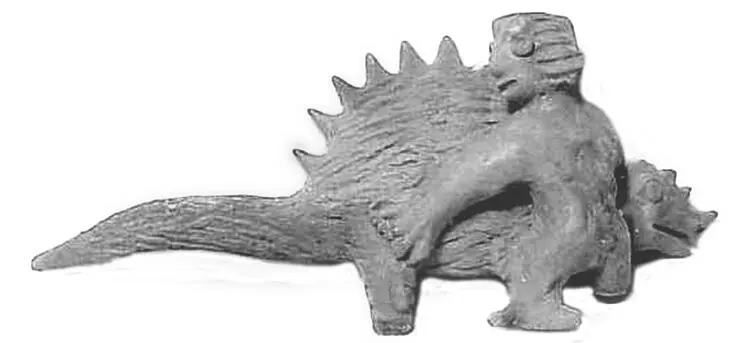
Dinosaurs fired from clay were found by Waldemar Julsrud in Acámbaro, Mexico, in July 1944. He thought they were from the preclassical Chupicuaro Culture (about 2,000 years ago), but they proved to be forgeries made by a farmer, Odilon Tinajero.
The museum is still there, featuring a range of unmistakable dinosaurs, and many visitors leave impressed by his claims that humans are at least 400 million years old. However, any claim that the artifacts might be authentic disappeared when Uschuya finally conceded that the carvings were fakes. He and a farming friend, Irma Gutierrez de Aparcana, admitted that they had forged the images by copying dinosaur pictures from comics and magazines. A BBC television crew were said to have visited the farmers and paid Uschuya to produce an Ica Stone while they filmed. He cut the patterns with a dentist’s drill and then gave the rock an authentic-looking patina by baking it in cow dung. Many people wondered why he had owned up, but the Peruvian authorities at the time were beginning to enforce the regulated marketing of pre-Columbian artifacts, and – if Uschuya had truly been selling genuine relics – he could have been arrested and put on trial. Conceding that they were fakes was his guarantee against prosecution. Basilio Uschuya was quoted as saying, ‘Carving stones is an easier way of making a living than farming the land,’ while Ken Feder, author of a 2010 book on dubious archæology, wrote: ‘The Ica Stones are not the most sophisticated of the archæological hoaxes, but they certainly rank up there as the most preposterous.’10 It would have been an easy matter to resolve: the microscope would show in an instant whether the images had been engraved by a primitive tool or cut with a dentist’s drill, and microchemical analysis would as easily detect the presence of cow manure on the surface of a stone.
Читать дальше
